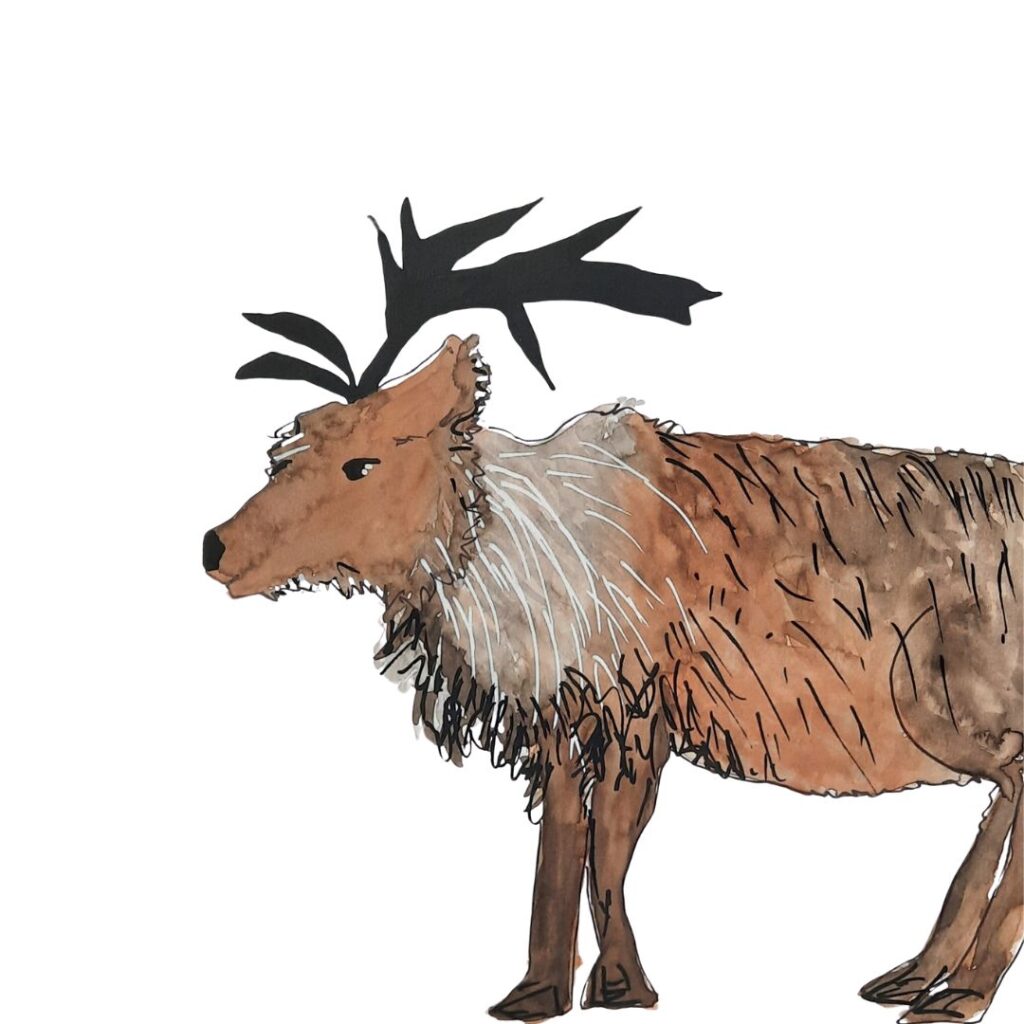What is a Sustained Investigation?
Creating a sustained investigation and documenting your process
I’m talking about a sustained investigation through the lens of an advanced placement studio art course. However, you can apply the concept of a sustained investigation to anything in your life.
The college board defines sustained investigation as:
A section of your portfolio shows related works demonstrating an inquiry-based sustained investigation of materials, processes, and ideas through practice, experimentation, and revision.
Let’s break the above definition down a bit more.
Portfolio: think of your portfolio as the container of your work. You might have multiple portfolios that hold varying bodies of work. Here are a few examples:
- Real estate portfolios: these show all of the property that someone owns
- Financial portfolios: show where people invest their money and how much money they have
- Art portfolios: shows work that you’ve made over a certain period; you may have more than one portfolio depending on the goal and situation
Body of work: a group or collection of work-related in some way. It may be related by theme, style, time period, etc. You put a body of work in a portfolio.
Inquiry-based: Inquiry means to ask a question. Inquiry-based work implies that a question or curiosity drives your work. It starts with a question that informs what the work becomes.
Materials: what you use to create your work, i.e., paint, clay, or found objects
Processes: how you use the materials. i.e., you use a wet-on-wet process to apply the material of paint
Ideas: what you’re thinking about or exploring in your work
Practice: doing something more than once, striving to learn and improve
Experimentation: trying something new to inform a hypothesis that you have.
Revision: Reflect on what you learned through practice and experimentation and adjust your process, material selection, or overall idea.
Make the Mark, Make the Mistake, Make Bad Art

You must be willing to create art you hate to make art you love.
I started painting a reindeer; I know it’s a bit past reindeer season, but I’m getting a head start on a project for the end of 2024. I’ve never painted a reindeer before, at least not that I can remember; perhaps I did at some point in elementary school. I didn’t love how it looked, so I grabbed some new acrylic paint markers; adding them into the mix only made things worse; we had reached the point of no return, at least for the reindeer. It looked terrible, and there was no turning back; all that could be done was to turn to the other side of the paper and try again. And if that doesn’t work, then the paper gets put into the collage paper pile… aka, I’ll cut it apart and use the colors on the page to create something new.
What is the lifecycle of your art that encourages you to try, try, and try again?
Are you afraid of starting because you might fail?
Are you worried that you’re going to waste your limited materials?
Apply these two ideas to help you make more art.
- Shift your mindset from the opportunity to fail to the opportunity to learn. Everything you create brings you a step closer to creating what you envision, that is, if you’re willing to reflect, adjust, and try again.
- Create a lifecycle for your work. When you know that you have ways to use your “mistakes,” making mistakes can become fun. Do you use both sides of the paper? Do you use every blank part of the page to test new ideas and practice mixing colors? Do you turn those pages into cards or collages?
The best place to start when creating your portfolio is by making marks on a page and documenting those marks. It’s really that simple. START.
Shift your mindset from believing you failed to understand that everything is an experiment.
Experimentation is vital to creating a sustained investigation. You’ve likely learned about the scientific method and how to run a science experiment but have yet to think about how that might apply to your artwork.
The scientific method is completing tests and experiments to help you better understand something. The basic process requires you to make an observation, form a hypothesis, make a prediction, conduct an experiment, and then analyze the results.
What experiment will you run this week?
Based on the results, how will you document what you learned from your experiment and what you will do next?